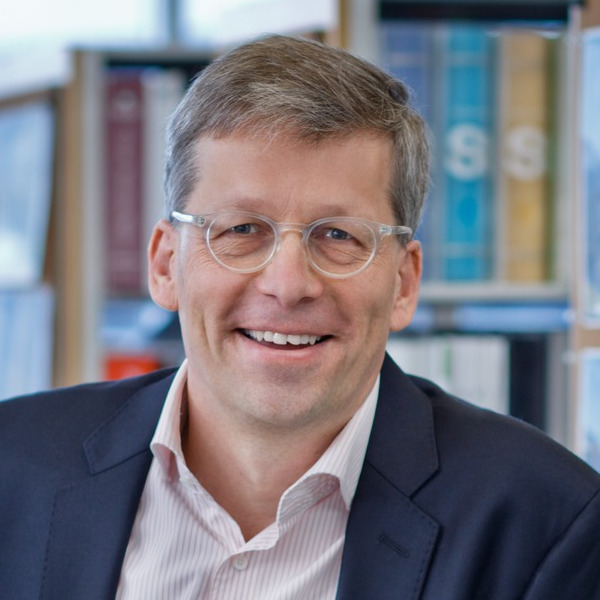Strategic Planning of Sustainable Operations
I²SL // 2016 Annual Conference
Monday, September 26, 2016
10:30am-12:00pm
Kansas City, Missouri
Owners of large historic facilities are faced with serious challenges from aging building systems, obsolete building layouts, and unattractive workplaces. Efficient research operations are not sustainable when costs of maintaining and operating these facilities are spiraling and preventing needed upgrades.
This was the challenge on a large research campus of a chemical and manufacturing research and development site where most buildings are 40-60 years old. With 4,000,000 sf of laboratories, Flad used a set of planning tools that in a short time assessed the current conditions and provided a financial planning framework to develop a pathway for the next 25 years.
This case study will clarify how to make the right choices and spend money wisely. It also will illustrate an approach to creating compelling action plans that address concerns of all stakeholders. The foundation of the decisions is solid data that includes analysis of all the criteria that are the basis for facility decision, including quality of research environments and degrees of flexibility and adaptability.
As a result, our strategic plan provided a better overview of the age and expected life span for research and development facilities. The analysis and facility recommendations lay the groundwork for a new look at aligning business planning with assets needed over the coming years.
The paradigms of sustainable operations, financial reward and environmental goals are influencing the design of research, development and manufacturing facilities in ways that point to a more pragmatic, effective and goal-oriented use of energy modeling.
 Dirk von Below Flad Architects
Dirk von Below Flad Architects